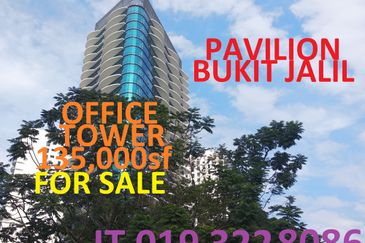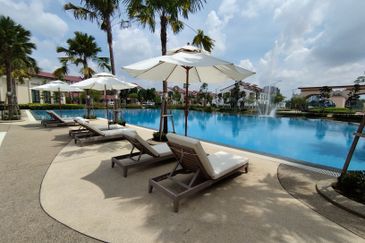
Malaysian real estate investment trusts
Maintain overweight: Concerns over tightening US interest rates are not expected to have a dampening impact on Malaysian real estate investment trusts (MREITs), in our view. Generally, MREITs’ gearing level is below 30%, and is backed by ringgit debt and fixed interest rates. The sector’s 2017 to 2018 estimated yield stands at 5.5% to 5.7%, with a 160-basis-point (bps) to 180bps spread to 10-year Malaysian Government Securities (MGS). Our top sector picks are YTL REIT and Pavilion REIT.
The 10-year MGS yield curve has steepened by 48bps (4.14% as at Monday) since Donald Trump’s US presidential victory, as a result of fund outflows from the MGS market. Nonetheless, based on our house view, even if there is a tightening of the US Federal Reserve funds rate, this is unlikely to affect our domestic interest rates (current overnight policy rate of 3%) as Bank Negara Malaysia remains cautious about downside risks to our economy arising from external factors (weak commodity prices and policy shifts in major economies).
Hence, we believe the recent price volatility in the MREIT sector is unjustifiable, should it be based on conventional wisdom of REIT prices and interest rates (where the present value of future income distribution is reduced by higher rates), especially with little impact on REIT earnings. We also believe the steepened 10-year MGS yield curve may normalise once fund outflows stabilise.
In our view, MREITs remain a steady “equity-cum-fixed income” instrument as their stream of income distribution per unit is less likely to be significantly dampened even under a rising rate environment.
This is based on the argument that REITs are able to pass on the inflationary pressure on operations to tenants and preserve net property income, as the increased level of economic activities remains supportive of demand for commercial properties, despite higher interest rates.
Most MREITs have limited exposure to short-term interest rates, as most rely more on equity capital and have locked-in fixed rates on long-term debt. This is reinforced by a relatively modest level of gearing among MREITs (on average at 27%), while the interest coverage ratio ranges from 1.3 times (YTL REIT) to a high of 8.2 times for KLCCP Stapled Group (excluding outlier Tower REIT).
Meanwhile, most MREITs are backed by ringgit-denominated debt as most assets are domestic-based, hence a weaker ringgit has minimal impact on the REITs. Only YTL REIT has an Australian dollar-denominated term loan, which was raised to finance its Australian-based Marriott hotels.
We maintain “overweight” on MREITs in 2017 as we continue to see strong investor appetite for yields due to the low/negative interest rate policy in some developed nations, while uncertainties over a rebound in economic activities have also driven investors to safe-haven investments. Meanwhile, we believe the retail MREITs under our universe (IGB REIT and Pavilion REIT) will continue to see positive rental reversion in upcoming renewals, though likely to be in mid to high single digits (compared with mid-teen reversions in the past). The resilience of the REITs’ tenancy/lease structure remains the key factor for consideration as the sector is plagued by threats of incoming supply in the office, retail and hotel market. — Affin Hwang Investment Research, Nov 15
This article first appeared in The Edge Financial Daily, on Nov 16, 2016. Subscribe to The Edge Financial Daily here.
TOP PICKS BY EDGEPROP

Jalan Klang Lama
Jalan Klang Lama (Old Klang Road), Kuala Lumpur
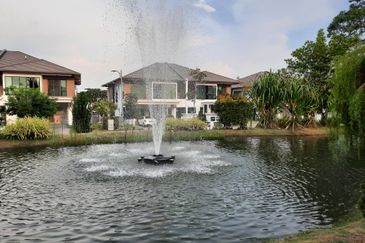
Lepironia Gardens, Setia Eco Glades
Cyberjaya, Selangor
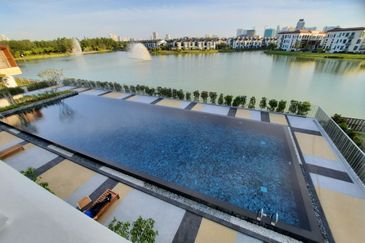
Isle of Botanica, Setia Eco Glades
Cyberjaya, Selangor
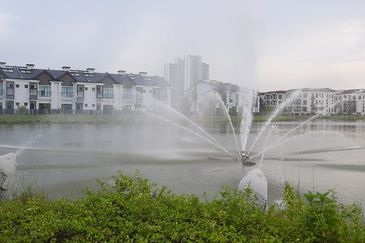
Setia Marina 3, Setia Eco Glades
Cyberjaya, Selangor
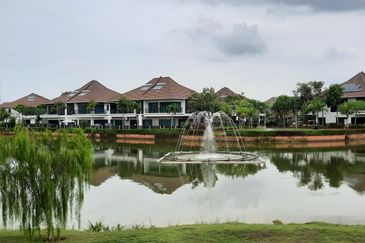
Charms of Nusantara, Setia Eco Glades
Cyberjaya, Selangor
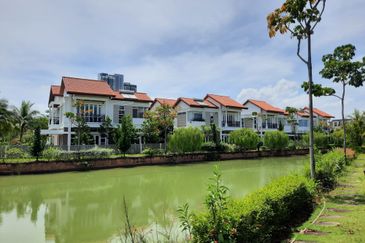
Setia Marina 2, Setia Eco Glades
Cyberjaya, Selangor

Charms of Nusantara, Setia Eco Glades
Cyberjaya, Selangor

Setia Marina 2, Setia Eco Glades
Cyberjaya, Selangor
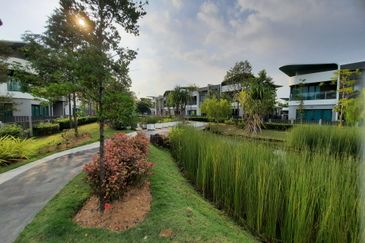
Lepironia Gardens, Setia Eco Glades
Cyberjaya, Selangor

Lepironia Gardens, Setia Eco Glades
Cyberjaya, Selangor

Lepironia Gardens, Setia Eco Glades
Cyberjaya, Selangor
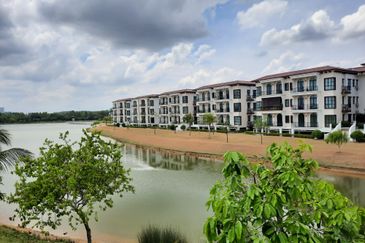
Isle of Kamares, Setia Eco Glades
Cyberjaya, Selangor
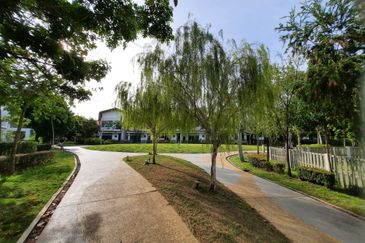
Liu Li Garden, Setia Eco Glades
Cyberjaya, Selangor

Liu Li Garden, Setia Eco Glades
Cyberjaya, Selangor


